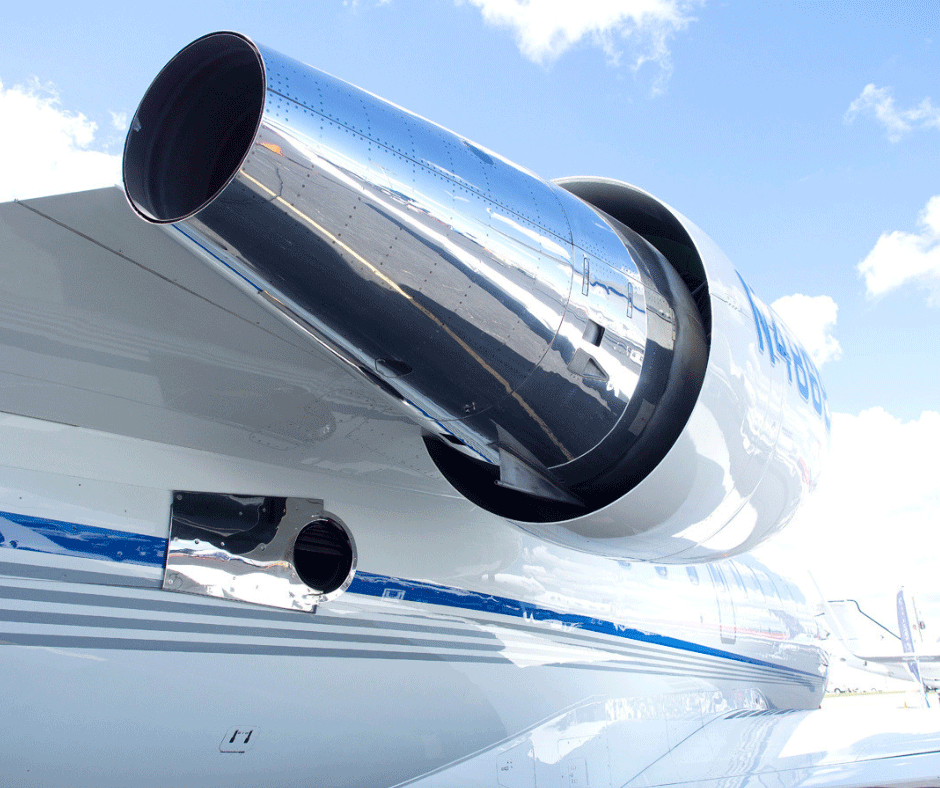
Why Form Your Own Flight Department
If you want control over your aircraft, its maintenance, operations and your flight crew, you need to consider many factors before starting your own flight department. Starting an in-house flight department involves significant work and there are many threshold issues to evaluate before you start the process.
First Steps to Your Own Flight Department
You need to start by determining your budget and your anticipated timeline.
Checklist for Starting Your Own Flight Department
Flight Crew & Other Personnel
- Determine where the flight crew will be employed
- Is that entity ready to issue a payroll and provide workers comp, benefits such as a retirement plan and health insurance and remit payroll taxes
- Will there be any unrelated lessees/users of the aircraft?
- If so, you might need an independent entity that the aircraft owner does not own and which employs the crew
- Determine if you can bring personnel (pilots, maintenance technician & flight attendant) you currently utilize without paying a significant fee to your current management company
- There is a pilot shortage and the departure of qualified crew from a management company could create a significant dispute
- Review your agreements with the aircraft management company to see if there are any limitations
- Will you hire a full-time maintenance technician
- Will you employ a flight attendant or obtain independent contractor flight attendants
- What other employees/services will be needed – as employees or independent contractors
- Scheduler
- Bookkeeper
- Office personnel
- Flight department manager
- Determine who they report to in the rest of the organization
- Set qualifications for pilots
- Flight hours, type ratings, type of medical
- Who will be the chief pilot
- Will pilot training be once every twelve months, once every eighteen months or once every six months
- Consider safety factors, insurance requirements & cost
- The management company may have obtained a group rate discount on pilot training
- Consider safety factors, insurance requirements & cost
- What other initial and continuing training is required
- for pilots, maintenance technician, flight attendants & others
- First aid, international procedures, etc.
Letters of Authorization (LOA)
- For Part 91 operations, are the LOA’s in the name of the owner or lessees or only in the name of the aircraft management company
- If any LOA’s need to be changed, it can take time to prepare the documentation, apply for & obtain LOA’s, which can significantly impact your timeline
- As of January 22, 2019, the FAA eliminated the requirement to apply for RVSM authorization if the aircraft is equipped with ADS-B Out and each pilot has knowledge of RVSM requirements, policies and procedures sufficient to conduct operations in RVSM airspace. The FAA’s final rule is published in the Federal Register.
Minimum Equipment List (MEL)
- For Part 91 use, is the MEL authorized only for the aircraft management company
- If an MEL needs to be obtained, it can take time to prepare the documentation, apply for & obtain LOA’s
- If all tasks are assigned to a pilot, allow sufficient time for all takes to be started, processed and completed as that pilot is also probably still flying the aircraft
Insurance – Hull & Liability
- Can you obtain the same insurance coverages if you purchase insurance as a single aircraft operator
- Is the premium the same
- The management company may have obtained a fleet discount on insurance coverage
Obtain Credit Cards And Fuel Cards
- For fuel purchases, hotels, catering, maintenance
- The management company may have benefitted from a group rate discount on fuel purchases
Policies/Procedures
- Safety Management System (SMS)
- Standard operating procedures
- Accident Response Plan
Maintenance
- Are maintenance agreements in name of owners/lessees or are in the name of the management company
- Do you need to set-up maintenance contracts/lines of credit with facilities which will perform maintenance on the aircraft
- Will you maintain any spare parts inventory
- Maintenance tracking programs will need to be transferred to your in-house flight department
Hangar
- Do you need to arrange for hangar space
- What airports have available hangar space
- Consider price, availability, convenience for passengers & term of hangar lease
- Will you need to purchase hangarkeeper’s insurance
- Who will handle tug operations
- What security is available at the hangar
Equipment
- Does any equipment need to be purchased
- Maintenance items/tools or support equipment
- Office items (desk, etc.)
- fireproof safe for paper record protection
Other Contracts
- Catering
- Handling services
- Aircraft cleaning
- Wi-Fi for aircraft/communications services
- Subscription services
Back-Up Lift Options
- Will you receive any charter discounts if your back-up lift is from a specific charter company
- Should you consider a jetcard/fractional ownership for back-up lift
CORSIA (Carbon Offsetting and Reduction Scheme for International Aviation)
- Become registered, and track emissions
- Obtain prior emissions information from the current management company
Pilot Records Database (PRD)
Are you subject to the PRD? If so, register and begin reporting.
Determine your Timeline and Budget
Determining the timeline and budget for your flight department is the first step if you are considering adding your own in-house flight department. Many factors will affect your decision on your aircraft operations.
The use of an attorney experienced in corporate aviation can help reduce costs and help to ensure a positive aircraft operating experience.
The information provided here is not legal advice and does not purport to be a substitute for advice of counsel on any specific matter. For legal advice, you should consult with an attorney concerning your specific situation.
